The shelter of stringybark

Last week I had the great privilege of meeting Mrs Elma Pearsall, esteemed Ngunnawal elder, 93 going on 63, at her home in Boorowa, on the southern tablelands of New South Wales. Over coffee and sandwiches, she told stories about the long careers of her father and four brothers, all shearers with Leonard Brothers, a large contracting firm based in nearby Yass, which serviced sheds throughout New South Wales in the 1940s and 1950s.
Towards the end of our conversation, Elma showed me a small black and white photograph taken at her family’s farm at Pudman Creek, towards Crookwell. In the background stood small buildings roofed with bark. The sheds looked like the hut in the photograph above, taken at Glencoe on the northern tablelands in about 1890.
The photograph Elma showed me was taken much later, probably in the 1930s. I was surprised that bark sheets were still used as roofing material then, but Elma said it wasn’t uncommon. The bark used to keep the Pudman Creek buildings dry, she confirmed, was stripped from the Red stringybark tree, Eucalyptus macrorhyncha, a familiar sight on hillsides across the tablelands and inland slopes of New South Wales.
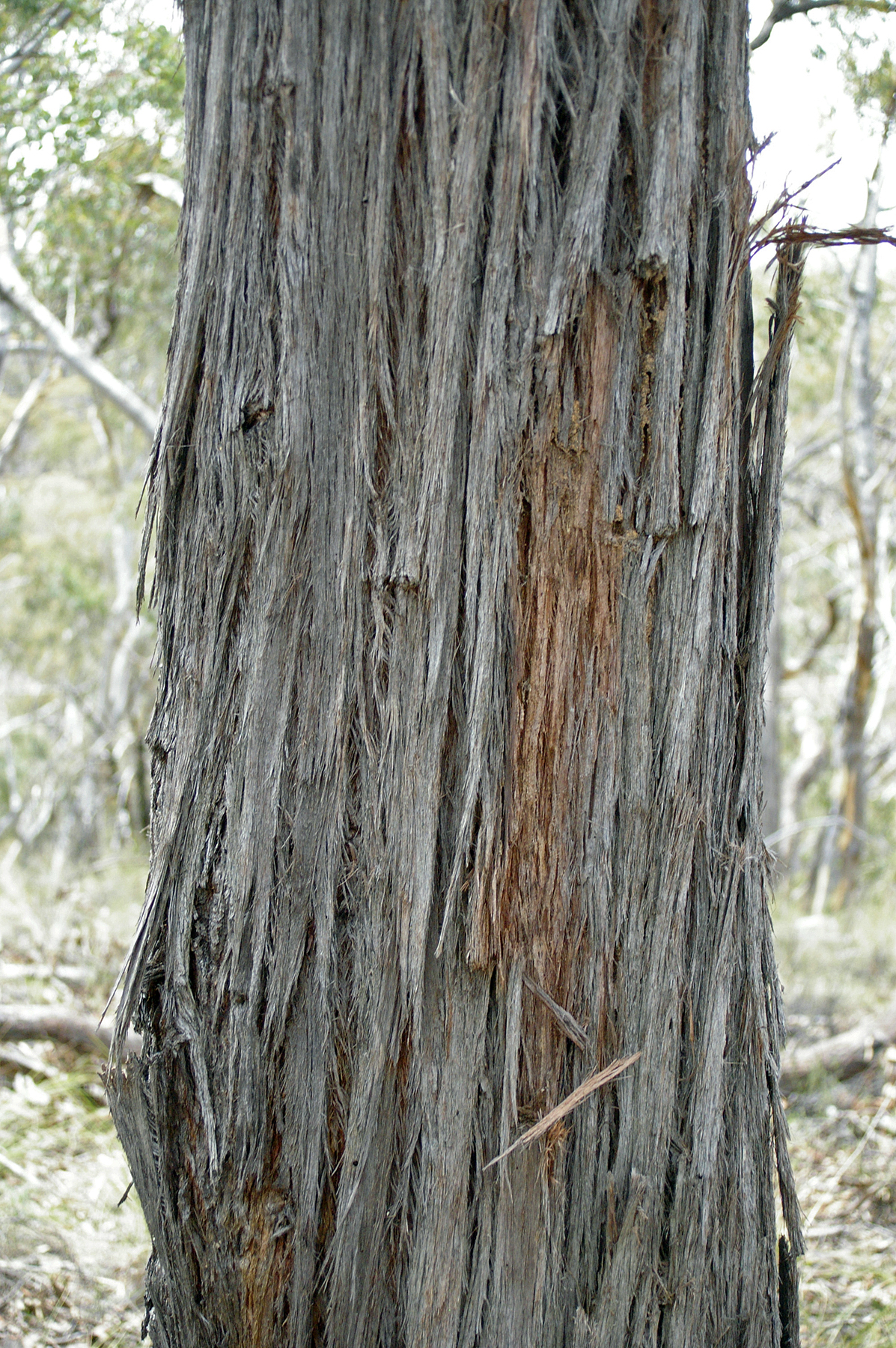
A sheet of Red stringybark features in the Wagga Wagga exhibit of the National Museum’s Landmarks gallery. Cut from a tree that stood on a hillside north of Wagga, this sheet of bark helped shelter the family of Mark and Ellen Sutton, who established a small farm in the 1890s, and raised eleven children.
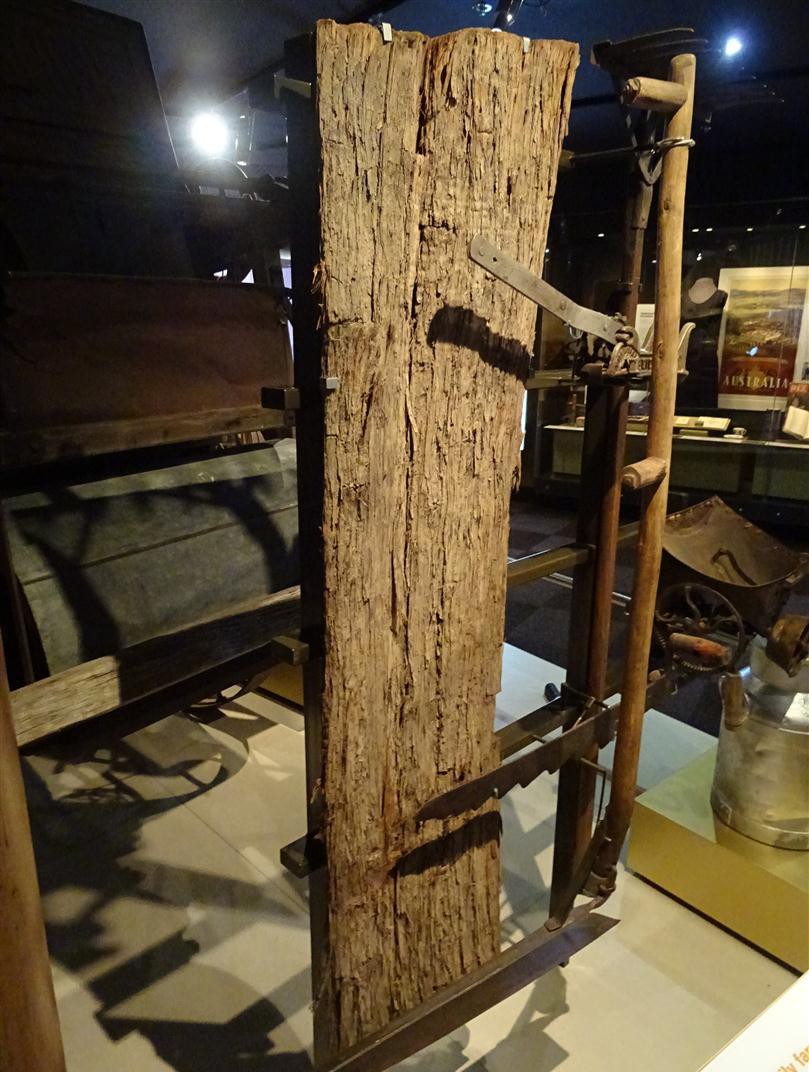
In southern New South Wales during the late nineteenth century, Aboriginal men made a living from stripping, preparing and selling bark sheets. Elma Pearsall remembers her father Les Russell, and her grandfather Sam Brown, taking a sheet from a Red stringybark on a hillside at Pudman Creek, when she was about seven years old:
They used to split it down, straight down, and then they’d sort of push it around, with an adze, to get it off the tree. Then they’d put it on the ground and they’d put rocks on it, and leave it there for a few days until it straightened out.
I told Elma that there’d be few people alive who had witnessed the harvesting of bark, in southern Australia. I’d be about the only one, I think, she replied with a laugh. It’s a fair while ago, a long time ago.
To hear Mrs Pearsall talk about her life at Pudman Creek, and to glimpse the paddocks and hillsides from where her father and grandfather harvested sheets of Red stringybark, visit the ABC News website.
(Top image: hut in the Glencoe district, northern tablelands of New South Wales, about 1890, Wikimedia Commons)
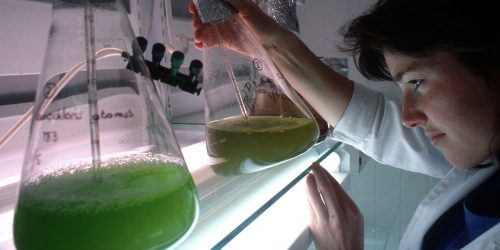
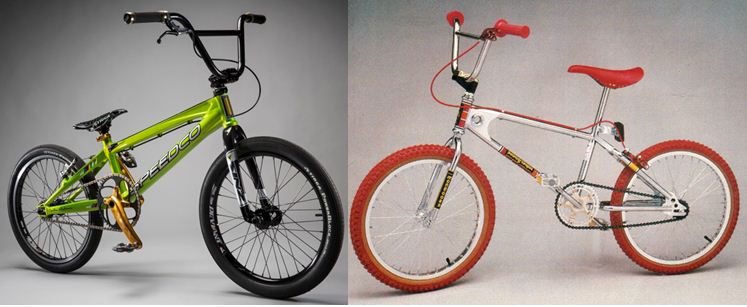
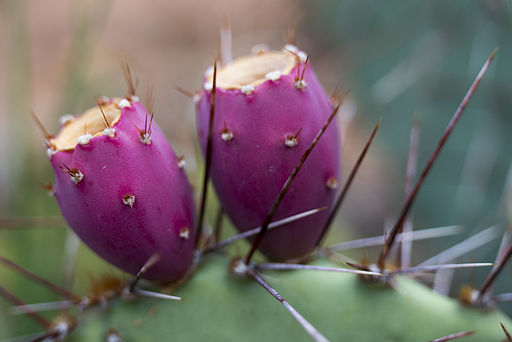
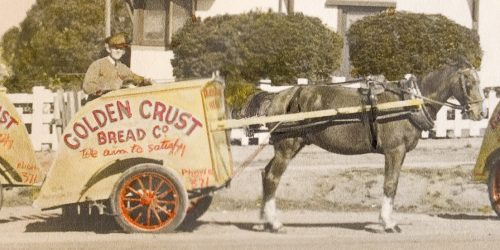
Hey George,
What an interesting post about Mrs Elma Pearsall and her long life in the Boorowa region, and lovely to see her and her extended family in the ABC feature you attached. It’s wonderful to have these details about how country people used their land as part of so many aspects of their life. I was interested in your information about Elma’s father and brothers working as shearers in the 1940s and 1950s. It reminded me of a recent discovery I made at the Australian Institute of Aboriginal and Torres Strait Islander Studies (AIATSIS), co-located with the Museum on Acton peninsula.
For NAIDOC week 2005, the family of the famous Aboriginal shearer, William ‘Deucem’ Smith (1896-1947) donated his award made by the Australian Shearers’ Hall of Fame at Hay, NSW, to the Institute where it is now proudly displayed in a case in the AIATSIS Library. Smith, was from the Muruwari tribe along the Darling river at Bourke, and his skill with both shears and sheep earned him a reputation as the greatest shearer in Australia in the first half of the twentieth century.
Here are some links to more information about William Smith, and as far as I am aware, he is the only Aboriginal Shearer to be honoured in this way.
* AIATSIS presentation of Shears invitation http://aiatsis.gov.au/_files/news/2005mr/20050708mr.pdf
* Wikipedia article http://en.wikipedia.org/wiki/William_Smith_(shearer)
· Monument Australia http://monumentaustralia.org.au/themes/people/indigenous/display/90180-bill-%60deucem%60-smith
Your post gives further recognition to the hard work and love of country of Aboriginal people in many aspects of rural life in south-eastern Australia.
Carol Cooper
Research Centre
National Museum of Australia
Thanks Carol. I thought William ‘Deucem’ Smith was a familiar name, and some searching has confirmed why: he shore with Leonard Brothers, and probably knew Mrs Pearsall’s father Les Russell, see:
http://www.bwall.id.au/WilliamSmithFramesPage01.htm
That’s amazing! I had wondered if Smith might have worked for the Leonard Bros – its great to establish these past connections. Also, exciting to see that your website reference talks about Smith meeting the great Jackie Howe. I’d really love to know more about that relationship, as it would be interesting to find out if Howe supported Aboriginal shearers through his union connections. We are very lucky at the Museum to have a set of Howe’s shears in our collection, as well as other intersting objects he owned on loan. for details, see:
http://www.nma.gov.au/collections/highlights/jack_howe_shears
One of the Leonard brothers was my my grandfather . They were never home always away contracting all over the state. Especially down towards the Victorian boarder
Hello Anne, thanks for your comment. I’m very interested in the Leonard Brothers firm. I understand that they were one of the largest contracting firms in the southern hemisphere. Would your family happen to hold any photos, records and stories about the business? It would be great to have a chat one day. Best wishes, George.